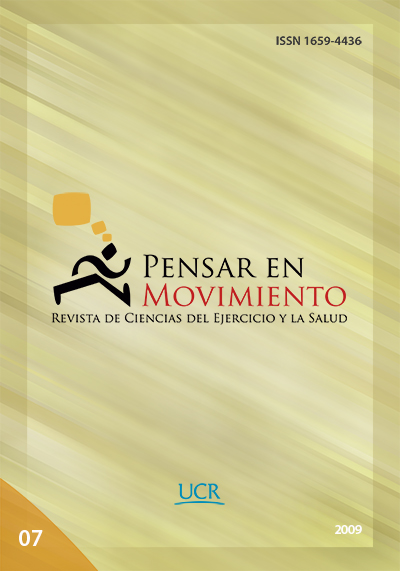Abstract
The purpose of the present study was to investigate the effect of a high (H) and a low (L) rate of fluid consumption with plain water (W) or a sports drink (SD) on post-exercise fluid balance, and to evaluate whether the known differences between beverages depend on the fluid ingestion rate. Active male subjects (n=16) performed four trials in random order. The participants arrived to the trials euhydrated and were dehydrated to 2% of body weight (BW) by cycling intermittently in a controlled climate room (30-35úC). After 30 min of rest, they ingested either W or SD in a volume equivalent to 150% of BW loss, in 45 min (high rate, R) or 165 min (low rate, L). At the time point coinciding with the end of H, urine samples were collected every 30 min for four hours. BW loss was similar for all trials and resulted in a total fluid consumption of 2.48 + 0.4 l. Overall, urine output in W exceeded significantly that of SD in both rates of fluid consumption (p=0.001), but there were no differences between L and R (p=0.378). Subjects finished in negative fluid balance in all trials. It is concluded that SD resulted in better but incomplete restoration of fluid balance than W, independent of the rate of fluid consumption. Although overall fluid balance was the same with both ingestion rates (L and H), L was more comfortable to the subjects.Comments
Downloads
Download data is not yet available.







